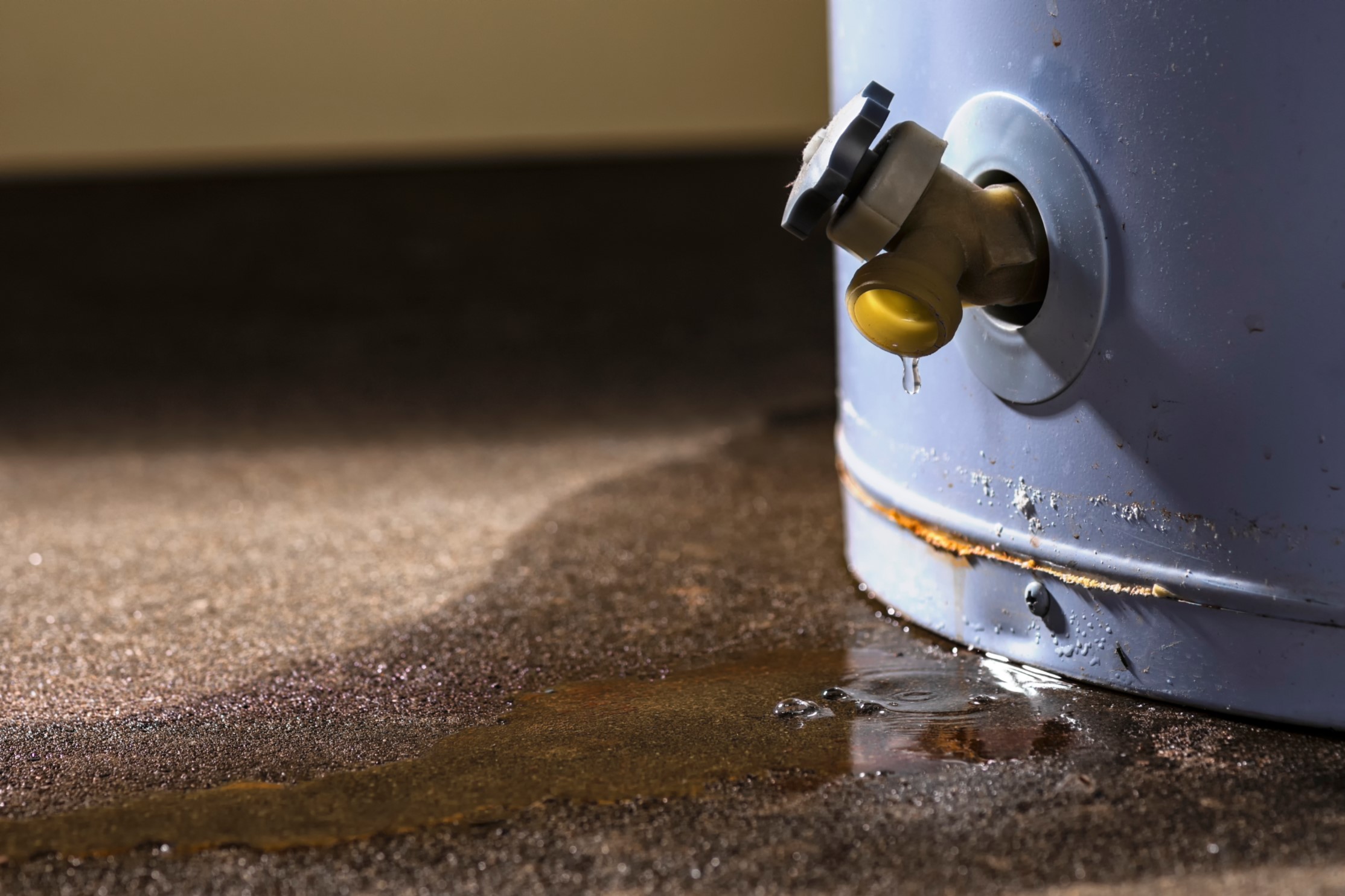Effective Methods to Maintain Your Home's Hot Water System Successfully
Effective Methods to Maintain Your Home's Hot Water System Successfully
Blog Article
Almost everyone maintains his or her own assumption involving How to Maintain Your Water Heater & Prolong its Life.

Hot water is vital for day-to-day convenience, whether it's for a rejuvenating shower or washing meals. To guarantee your hot water system runs effectively and lasts longer, routine upkeep is key. This post gives practical ideas and understandings on how to maintain your home's hot water system to stay clear of disturbances and costly repair work.
Introduction
Preserving your home's warm water system could seem challenging, yet with a couple of basic steps, you can ensure it runs efficiently for several years to come. This guide covers everything from recognizing your hot water system to do it yourself upkeep tips and knowing when to contact expert assistance.
Value of Preserving Your Warm Water System
Regular maintenance not just prolongs the life-span of your warm water system but also ensures it operates efficiently. Ignoring maintenance can lead to reduced effectiveness, greater power expenses, and also early failing of the system.
Indications Your Warm Water System Needs Upkeep
Recognizing when your hot water system requires focus can protect against significant concerns. Keep an eye out for indicators such as irregular water temperature level, unusual noises from the heating unit, or rusty water.
Recognizing Your Hot Water System
Before diving right into upkeep tasks, it's helpful to recognize the basic parts of your hot water system. Generally, this includes the hot water heater itself, pipelines, anode poles, and temperature controls.
Regular Monthly Upkeep Tasks
Routine monthly checks can aid capture small problems before they rise.
Purging the Hot Water Heater
Flushing your hot water heater eliminates sediment accumulation, improving effectiveness and prolonging its life.
Monitoring and Replacing Anode Rods
Anode poles stop rust inside the tank. Evaluating and replacing them when worn is essential.
Evaluating and Changing Temperature Level Settings
Changing the temperature settings ensures ideal performance and security.
DIY Tips for Maintenance
You can execute a number of upkeep jobs yourself to maintain your hot water system in leading condition.
Looking for Leakages
Frequently examine pipelines and connections for leakages, as these can lead to water damage and greater bills.
Checking Stress Relief Valves
Examining the pressure safety valve guarantees it functions properly and prevents extreme stress buildup.
Protecting Pipelines
Insulating warm water pipes minimizes heat loss and can conserve energy.
When to Call a Specialist
While DIY upkeep is beneficial, some issues need specialist proficiency.
Complicated Concerns Calling For Specialist Help
Examples include significant leakages, electrical issues, or if your hot water heater is regularly underperforming.
Regular Professional Upkeep Benefits
Expert upkeep can include detailed evaluations, tune-ups, and guaranteeing conformity with safety standards.
Final thought
Normal maintenance of your home's hot water system is necessary for performance, longevity, and expense financial savings. By following these suggestions and understanding when to look for expert aid, you can ensure a trustworthy supply of warm water without unanticipated disturbances.
How to Maintain an Instant Hot Water Heater
Before tinkering with your hot water heater, make sure that it’s not powered on. You also have to turn off the main circuit breaker and shut off the main gas line to prevent accidents. Also turn off the water valves connected to your unit to prevent water from flowing into and out of the appliance. 2. When you’re done, you have to detach the purge valves’ caps. These look like the letter “T†and are situated on either side of the water valves. Doing so will release any pressure that has accumulated inside the valves while at the same time avoid hot water from shooting out and burning your skin. 3. When the purge valves’ caps are removed, you have to connect your hosing lines to the valves. Your unit should have come with three hoses but if it didn’t, you can purchase these things from any hardware or home repair shops. You can also get them from retail stores that sell water heating systems. Read the user’s manual and follow it to complete this task properly. When the hosing lines are connected, open the purge port’s valves. 4. You should never use harsh chemical cleaners or solutions when cleaning your unit. Make use of white vinegar instead. It should be undiluted and you’ll probably use about 2 gallons. 5. Now flush your water heater. This task should probably take about 40 minutes. We can’t give you specific directions for this because the procedure is carried out depending on the type, model and brand of your heater. With that being said, refer to the user’s manual. 6. When you’re done draining the unit, you have to turn off the purge port valves again. Remove the hosing lines that you earlier installed on each of the water valves. Put the valve caps (purge port) back in their respective places and be very careful so as not to damage the rubber discs that are found inside these caps. 7. Now that everything’s back in place, check your user’s manual again to find out how to reactivate your water heating system. 8. Once it is working, turn one of your hot water faucets on just to let air pass through the heater’s water supply pipes. Leave the tap on until water flows smoothly out of it. https://www.orrplumbing.com/blog/2014/september/how-to-maintain-an-instant-hot-water-heater/
:max_bytes(150000):strip_icc()/how-to-drain-a-water-heater-2719055-hero-35f0548b0f1f42f0b13ba96a33ab8da2.jpg)
Hopefully you liked our section on How to Maintain a Hot Water Heater in a Few Simple Steps. Thanks so much for finding the time to read through our post. Don't hesitate to take a moment to distribute this page if you enjoyed reading it. Many thanks for your time invested reading it.
This Site Report this page